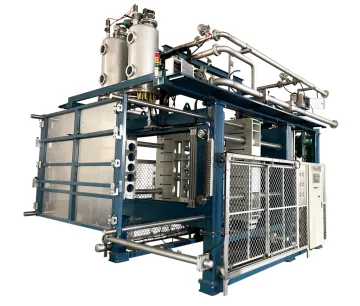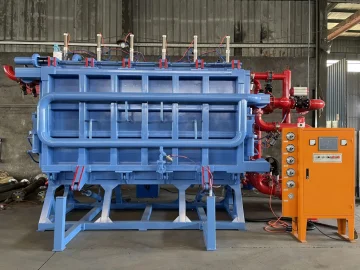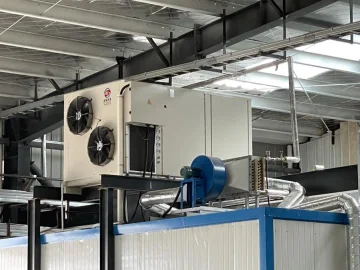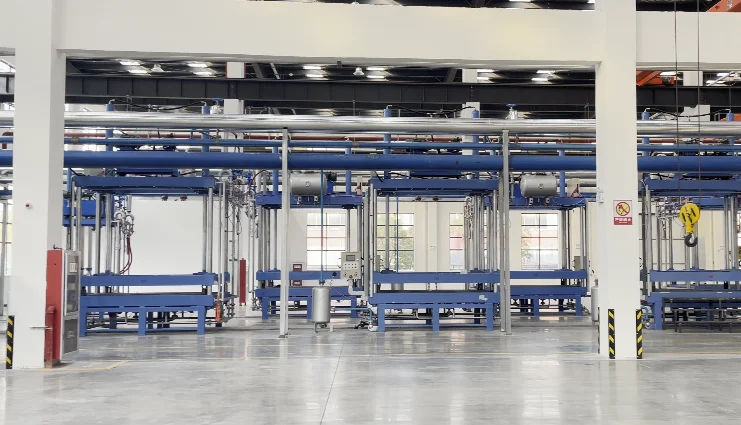The Development of Engine Block Manufacturing: Main Casting Techniques
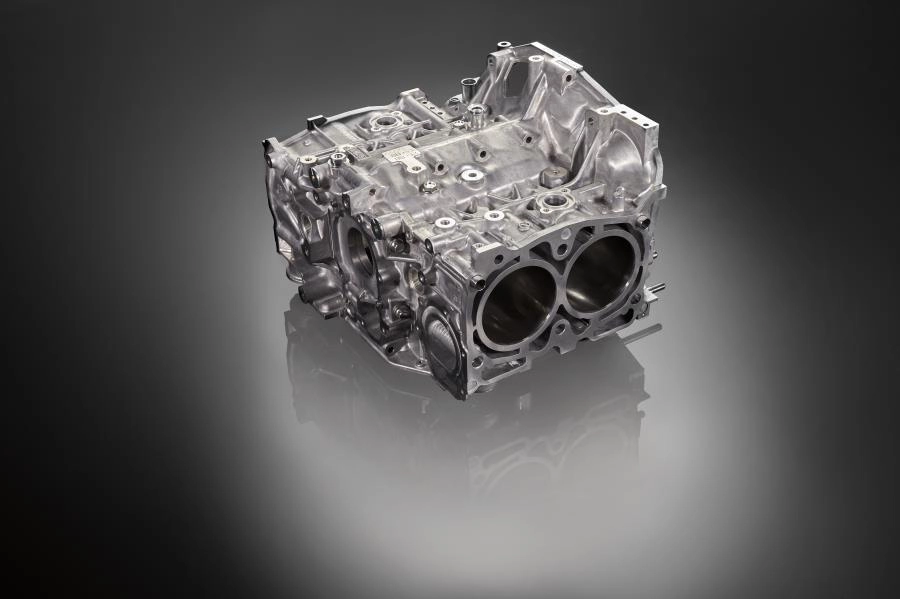
In engine block production, casting is vital. It ensures the necessary strength, toughness, and efficiency of car engines. Over time, different casting approaches have advanced. They meet the rising need for powerful, light, and accurate engine blocks. Among the top methods is Lost Foam Casting. This technique has transformed how engine blocks are made.
What Is Lost Foam Casting?
Lost Foam Casting is a creative casting method. It uses a foam model to shape the mold. The foam model comes from expanded polystyrene (EPS). It gets coated with a heat-resistant material to form a mold. After the mold is ready, molten metal is poured in. This vaporizes the foam, leaving an exact metal casting. The process enables detailed engine block designs. It includes tricky features like internal cooling paths and slim walls.
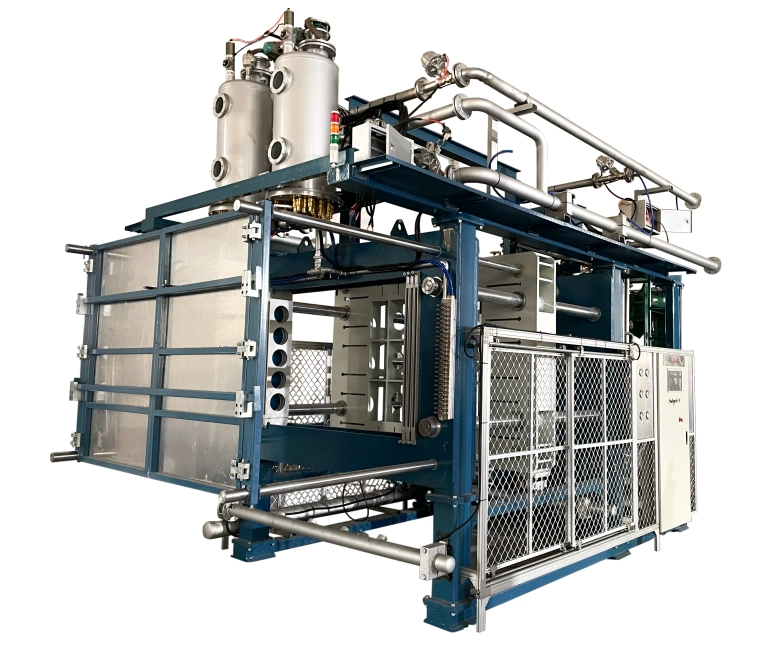
The main benefit of Lost Foam Casting is its knack for crafting complex shapes. It avoids the restrictions of old-style molds. This method skips the need for core-building. It cuts down on machining after casting. It also reduces flaws in high-pressure zones. For engine blocks, this leads to parts like cylinder heads with fewer issues. They have less air trapped inside and a stronger internal makeup. This boosts performance and longevity.
Traditional Casting Methods: Sand Casting and Die Casting
Unlike Lost Foam Casting, traditional techniques like sand casting and die casting have been around for ages. Sand casting is one of the earliest and most widespread methods. It involves shaping a mold from sand. Then, molten metal is poured into it. Sand casting is flexible and budget-friendly. However, it falls short in accuracy and forming detailed inner features. The coarse surface finish and time-heavy mold setup add to longer wait times. They also raise machining costs after casting.
Die casting, by contrast, fits high-volume runs of simpler parts. It uses strong pressure to push molten metal into a steel mold. Die casting works well for fast, consistent output. But it’s not great for bigger or trickier parts like engine blocks, especially those made from iron-based metals like cast iron. Plus, die casting can come with steep tooling expenses. This makes it less practical for small-batch production.
Lost Foam Casting Engine Blocks: Key Perks and Advances
Precision and Design Options
One of the top strengths of Lost Foam Casting is its skill in making detailed engine block designs accurately. This approach lets makers blend features like water jackets and cooling paths right into the layout. No extra machining is needed. Unlike sand casting, where inner parts are made separately and joined, Lost Foam Casting forms a single mold with all required inner details. This cuts machining demands. It also lifts the casting process’s overall speed.
For instance, a cylinder head made with Lost Foam Casting usually needs less work after casting than one from traditional sand casting. The fine details and exact sizing from Lost Foam Casting remove flaws that might come from post-casting work. This results in a tougher, higher-quality final piece.
Material Use and Waste Savings
Lost Foam Casting also shines in how it uses materials. The foam models match the part’s final size closely. This lowers metal waste during casting. Compared to traditional methods, where extra metal is poured and trimmed later, Lost Foam Casting creates a near-finished shape. This trims waste, which matters in today’s push for sustainability and saving resources.
What’s more, Lost Foam Casting uses less energy and produces fewer emissions than older methods. This green approach fits the growing focus on eco-friendly manufacturing. It’s a solid pick for car makers aiming to shrink their environmental impact.
Better Structural Strength
Another big plus of Lost Foam Casting is its ability to make engine blocks with top-notch structural strength. Tight control over the casting ensures even metal flow. This cuts down on air pockets and flaws that could weaken engine parts. In engine blocks, where parts face heavy stress and heat changes, reducing air pockets is key to keeping them reliable and long-lasting.
Plus, the better heat spread from Lost Foam Casting boosts engine block performance. The option to add complex inner channels improves heat control. This lowers overheating risks and stretches the engine’s life.
Traditional Casting Limits for Engine Blocks
Sand Casting Hurdles
Sand casting stays useful for some tasks. But it hits roadblocks in engine block making. Mold prep takes a lot of effort. It needs separate cores for inner features, which bumps up time and costs. Also, copying complex inner details like cooling paths is tough with sand casting. This means more machining is needed after casting. That raises labor costs. It also risks adding flaws that hurt engine block performance.
Die Casting’s Drawbacks
Die casting works well for high-volume, simple parts. Yet it struggles with larger, more detailed engine blocks. The molds for die casting are pricey. This makes it less suited for small runs or testing. Also, die casting doesn’t handle iron-based metals like cast iron well, a common choice for engine blocks. This limits its flexibility in engine block production.
Lost Foam Casting vs. Traditional Methods: A Side-by-Side Look
Complexity and Shape Freedom
Lost Foam Casting stands out in forming complex shapes. These would be hard or impossible with traditional methods. It can craft hollow structures and thin walls easily. This is a big win when designing engine blocks with built-in cooling paths. Traditional methods like sand casting can’t match this level of detail without extra steps or tools.
Production Pace and Growth
For production speed, Lost Foam Casting beats sand casting. The pattern-copying process is quick. Makers can churn out multiple engine blocks faster. Sand casting, though, is slower. It needs more time for mold setup. Lost Foam Casting offers faster results, which is crucial for modern car production demands.
Cost Savings Over Time
When looking at overall cost savings, Lost Foam Casting cuts post-casting machining costs compared to die casting. Die casting might have higher startup tooling costs. But Lost Foam Casting reduces the need for costly tools and limits post-work needs. Over a product’s life, it proves more budget-friendly, especially for makers aiming for high-quality, low-flaw output.
Tackling Lost Foam Casting Challenges
Foam Pattern Quality Checks
Lost Foam Casting has tons of perks. Still, foam pattern quality control can be tricky. New 3D printing tech now crafts precise EPS patterns. This ensures the final piece hits required specs. This advance has smoothed out pattern-making. It cuts errors and boosts consistency across runs.
Handling Gas Flaws
Gas flaws can pop up during casting. Makers need to tackle this. New vacuum systems and binder materials have upped Lost Foam Casting quality. They lower the chance of gas-related issues. This ensures the final engine block has no weak spots.
Hangzhou Ouchen Technology Lost Foam Casting Equipment Customization Service
Hangzhou Ouchen Technology focuses on custom Lost Foam Casting equipments for engine block production. They offer modular setups, automated coating systems, and precise vaporization controls. Our tools improve pattern accuracy and casting reliability for our clients.
Frequently Asked Questions (FAQs)
Can Lost Foam Casting Engine Blocks Handle High-Heat Uses?
Yes. Advanced alloys and exact cooling channel designs boost heat resistance. This makes Lost Foam Casting fit for high-heat tasks.
How Does Lost Foam Casting Boost Engine Block Toughness?
Fewer air pockets and steady metal flow reduce weak spots under stress. This lifts the engine block’s toughness.
Are Traditional Methods Still Useful for Engine Blocks?
Sand casting works for basic designs. But Lost Foam Casting rules for complex, high-performance needs due to its accuracy and design options.
Ready to Transform Your Engine Block Production?
See how Hangzhou Ouchen Technology’s Lost Foam Casting equipments can streamline your engine-making process. Ouchen’s products feature advanced foam molding machines, pre-foaming machines, air dryers, foam sheet machines, central vacuum systems, and lift-type paint mixers.
For more info, contact Hangzhou Ouchen Technology Co., LTD:
Factory Address: Xindeng Town, Fuyang District, Hangzhou City
Tel: +86 15988479417
Email: zyh@oc-epc.com

